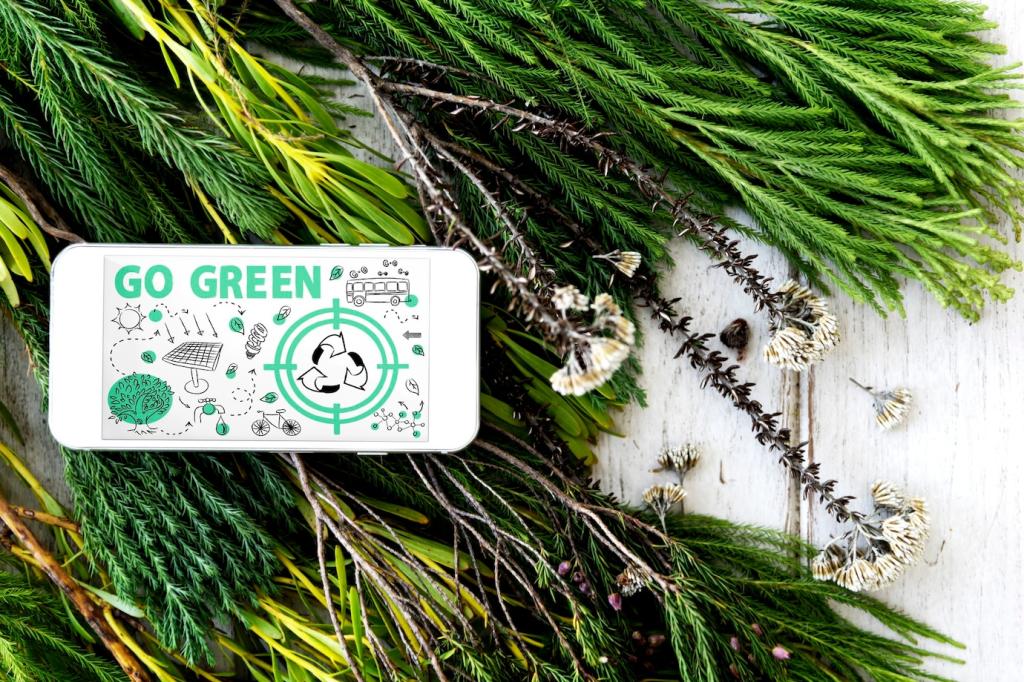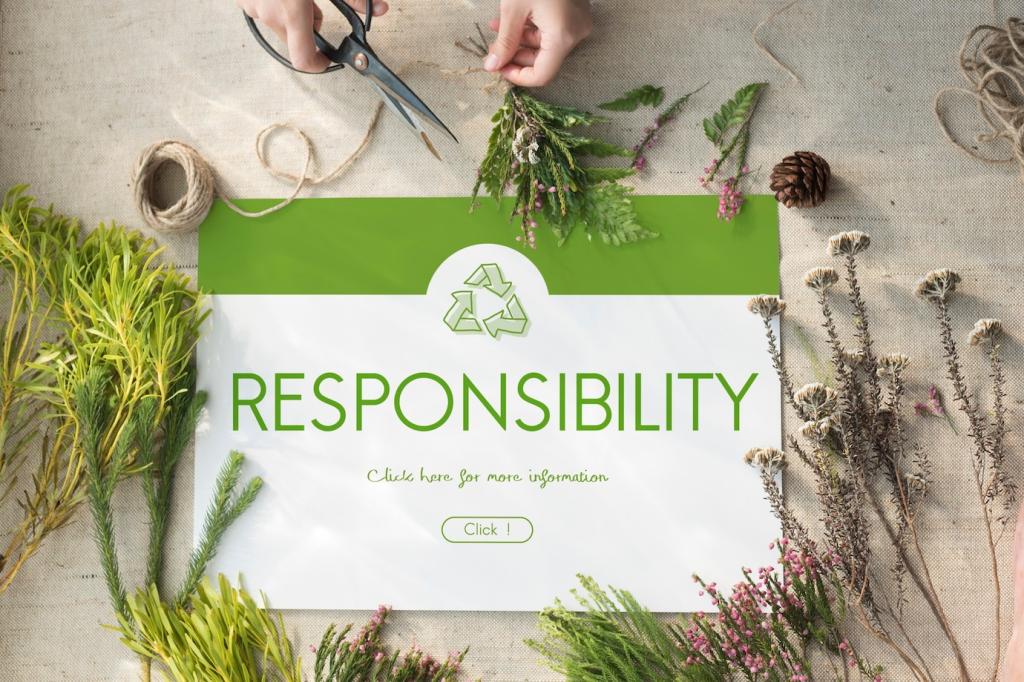Crafting Sustainable Brand Narratives
Sustainable brand narratives succeed when they move beyond lofty claims into lived commitments. Audiences notice when progress is documented, milestones are explained, and setbacks are acknowledged. Invite readers to follow the journey, not just the destination, and ask them what proof they want to see.
Why Sustainable Narratives Matter Now
Trust grows where clarity meets consistency. When a brand shares intentions, methods, and measurable outcomes, people lean in. Encourage subscribers to join your updates so they can watch progress unfold, ask questions in real time, and offer ideas where your story needs more clarity.
Why Sustainable Narratives Matter Now

Design the Story Architecture
Start by naming the problem in clear, relatable terms. Detail the actions you are taking today, then share the impact you are measuring. Close with an invitation that gives readers a role, whether it is feedback, advocacy, or a practical habit they can try now.
Design the Story Architecture
Write with warmth, precision, and humility. Avoid jargon that hides meaning. Celebrate progress without perfection. Ask readers how your tone lands with them and whether your explanations feel empowering. Their responses can refine language, deepen empathy, and strengthen credibility.

Co-create With Stakeholders
Host short workshops where teams recount challenges and small victories, then turn those moments into transparent updates. Readers love behind-the-scenes honesty. Ask subscribers which questions they want employees to answer next time, and publish candid reflections with practical next steps.
Distribute With Purpose
Channel Strategy Without Noise
Share quick, human moments on social platforms, and link back to a verified hub where full context lives. Encourage readers to subscribe for deeper dives, and to comment where they prefer engaging so you can meet them in their channels of choice.
Editorial Calendar With Planet in Mind
Plan thematic months around your pillars, balancing education, action, and proof. Batch production to reduce wasteful rework. Invite subscribers to suggest topics, volunteer quotes, or offer data sources. Publish transparent recaps that show which posts sparked the most meaningful conversations.
Long-Form Meets Short-Form
Combine detailed reports with short stories that highlight a single decision, material, or partnership. Cross-link everything. Ask readers which format helps them act, donate, or advocate, then adapt your mix to elevate outcomes rather than vanity metrics.
Measure, Learn, Adapt
Select indicators that reflect real-world improvements, like reduced waste per unit, fair pay milestones, or repair rate adoption. Report baselines, targets, and trends. Invite readers to question your metrics and propose additional signals you should measure in the next quarter.
Explain how you link narrative efforts to behavior changes and business results. Acknowledge uncertainty and confounding factors. Encourage subscribers to participate in controlled experiments, such as A and B newsletter versions, to help validate which messages actually drive meaningful action.
Host open retrospectives summarizing what worked, what failed, and why. Share learnings generously so others can adapt them. Ask readers to contribute suggestions and to nominate stories that deserve a deeper follow-up investigation or a new round of testing.

Avoid Greenwashing, Embrace Transparency
Watch for vague adjectives, cherry-picked data, or absolute claims without scope and context. Reframe by stating boundaries, timelines, and limitations. Invite readers to flag unclear passages so you can clarify and improve the accuracy of your sustainable brand narrative.
Partner with auditors, researchers, and community organizations to review claims. Publish their findings, including critique. Encourage subscribers to read summaries and ask tough questions. Transparency turns scrutiny into a strength by making your improvements traceable and collaborative.
Share the messy middle, not just the victory lap. When a pilot fails, document the lesson and next move. Ask readers which risks feel worth taking next, and explain how you will protect people and planet while experimenting responsibly.


A 90-Day Action Plan
Interview stakeholders, map material issues, and define story pillars. Compile a proof library and draft your voice guide. Ask readers to sign up for a behind-the-scenes newsletter where you will share early outlines and invite candid reactions before publishing widely.
A 90-Day Action Plan
Produce a narrative hub, create visual templates, and script your first story arc. Pilot two distribution channels. Invite subscribers to test prototypes, report confusion points, and vote on the most motivating calls to action for sustained engagement and measurable change.
